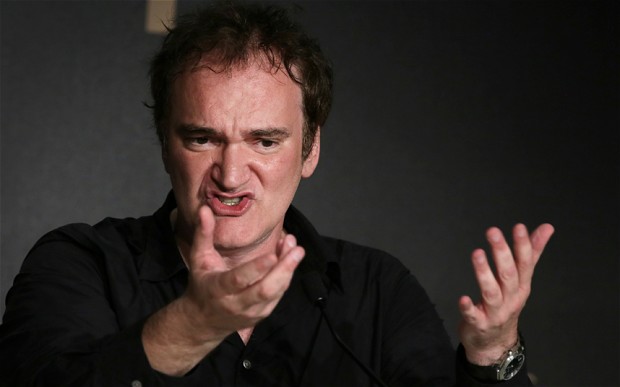The entertainment industry has tons of creative energy flowing through it. The public may hear stories of how most people who get involved in it desire to work in an area they are not hired for (e.g. the actor who wishes to be a director, the gaffer who would like to be a cinematographer, the extra who would like to have a supporting or lead role, etc.). However, what if one position can maximize its creativity so that it becomes the dominant voice in (and over) all creative roles on the set? Would this be welcomed in the industry? Or shunned? Where you fall in this opinion may depend on who you are in the industry. If you’re a director who subscribes to the director auteur theory, you would most likely be an advocate for this singular dominance of creative expression on a project; however, if you’re a cinematographer who is used to being the creative voice on how the camera’s positioning and/or lighting needs to be to evoke ‘just the right’ mood, you may not be as comfortable with the idea of working with a director auteur who expects to have maximal (or close to maximal) input in all areas of film production, including specific ideas and instructions on how camera positions and lighting should be done.
That brings us to the question you’re probably asking yourself: What exactly is a Director Auteur? Auteur is the French word for “author”. The term “director auteur” was first used by François Truffaut, a French critic who became a celebrated filmmaker in the 1950s. Truffaut believed that, although a film has many components (and players) in its production, the true author of the work is the director. To Truffaut, a film’s vision (if executed well) should be dominated by the style of the director to such an extent that it minimizes any appearance of collaboration with others (including the cinematographer, set designers, etc.) who work on the film. Truffaut believed that when this is achieved it is the highest level of professional expression by a director.
 Quentin Tarantino, Photograph: www.LevonBiss.com
Quentin Tarantino, Photograph: www.LevonBiss.com
Is the director auteur theory at work in the film industry today? It is. In fact, presently, it is the dominant style of filmmaking. Many of the directors of the past several decades have been auteurs. We recognize their movies, not because of the cinematographer or screenwriter attached to the project, but because of the style of director. For example, Quentin Tarantino is one of the most famous modern auteurs in the industry. His films are instantly recognizable by both movie audiences and critics. And this is a fact in spite of Tarantino having used a few different cinematographers (such as Robert Richardson for Inglorious Bastards and Django: Unchained; Guillermo Navarro for Dusk to Dawn; and Andrzej Sekula for Pulp Fiction and Reservoir Dogs) for his projects. Tarantino, as a director auteur, is able to stamp his movies with his own distinctive style that dominates the film.
 Woody Allen, 1977 at Coney Island, Brooklyn. Photograph: Brian Hamill/Getty Images
Woody Allen, 1977 at Coney Island, Brooklyn. Photograph: Brian Hamill/Getty Images
Although numerous directors with east coast backgrounds chronicle city life, many would agree that no one has achieved as much of a distinctive style in doing so than Woody Allen. His films count as another example of the work of a director auteur. His quirky, neurotic, humorous and character-driven movie style penetrates most of his work (e.g. Crimes and Misdemeanors, Deconstructing Harry, New York Stories, Hannah and Her Sisters) in such a way that when audiences and critics see it, it is undeniably a ‘Woody Allen’ production.
When you’re approaching your next project, consider whether or not you would like to approach it as a director auteur; and whether or not it’s a project you are allowed to exercise the authority of that position. For example, if your film is funded (and developed) by a well-known studio and you are a director who is not well-known, chances are you will have to collaborate with others who, at times, may (if they are big name actors or studio execs) have more influence than you in the overall style of the film. That means the best chance an up and coming director has to establish a distinctive voice with his films is in the independent world of filmmaking. There are less people above you to answer to and, as a consequence, it allows you more freedom to turn a script into a film that frames you (and your vision) as its primary author (or “auteur”).
Now go out and direct the next film that will have people discussing the newest director auteur in the business!
To learn more about the Auteur theory, click here.
To learn more about French director François Truffaut, click here.
by DFA Student & Blog Writer Mary Stokes.









